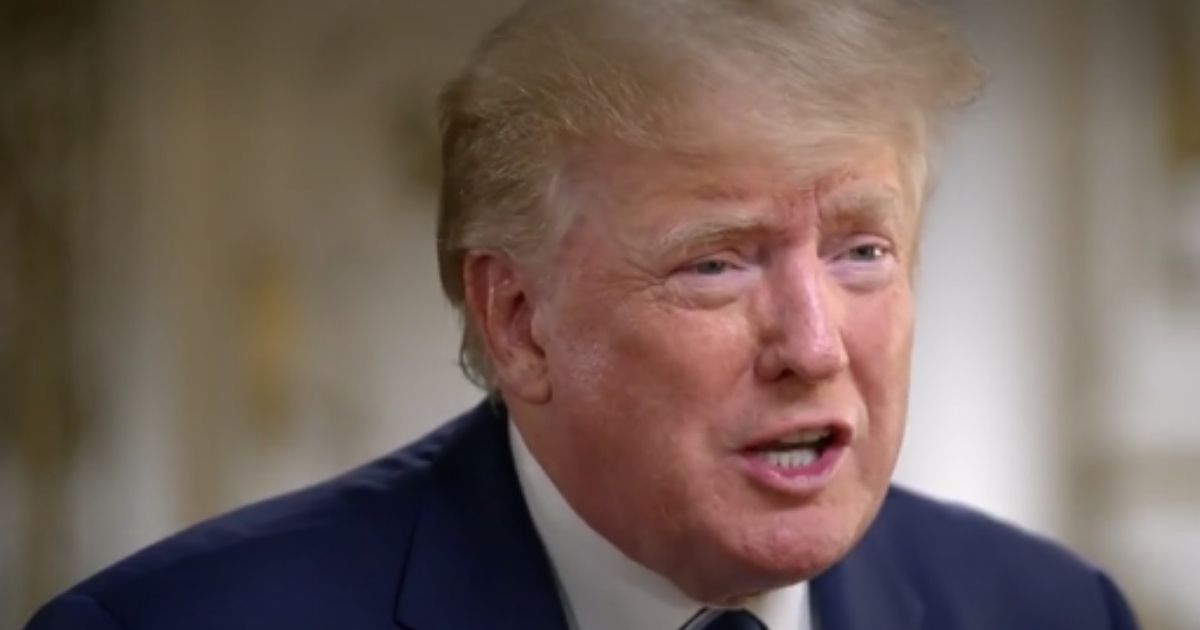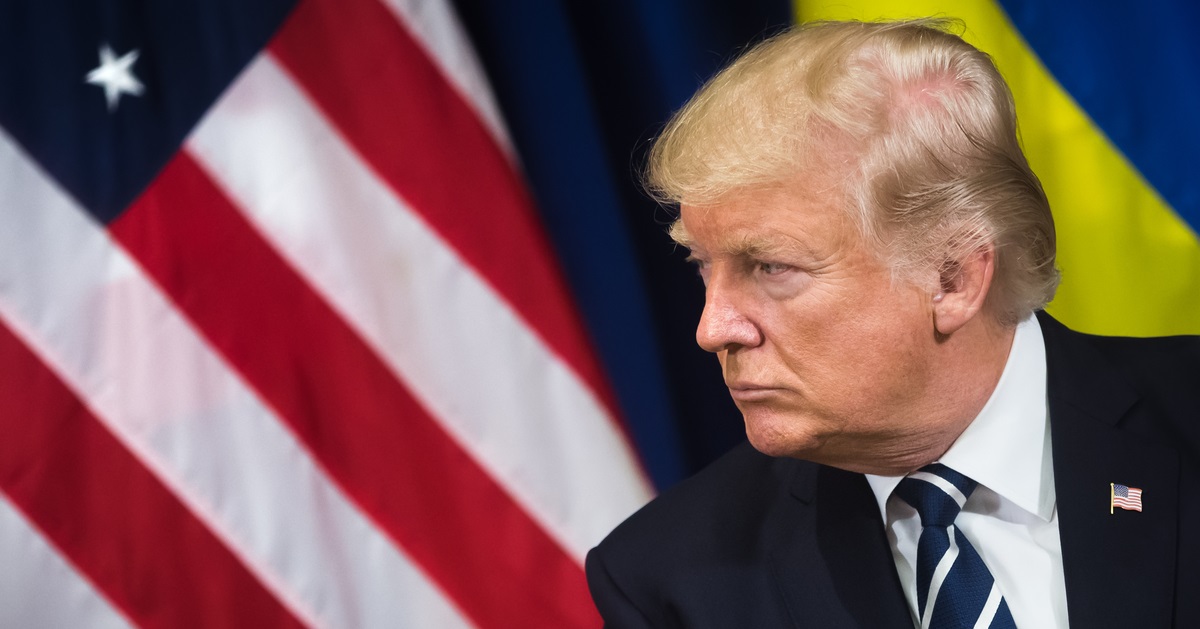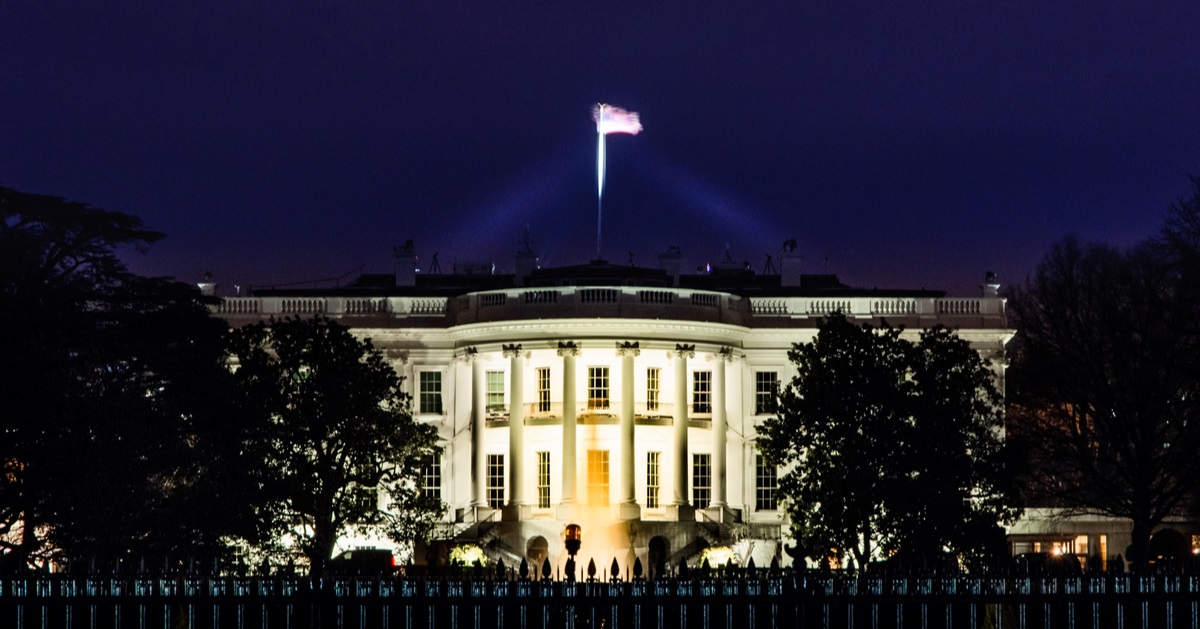Supreme Court decision on mistaken deportation stirs debate
In a significant ruling, the U.S. Supreme Court has mandated the return of Kilmar Abrego Garcia, who was erroneously deported to a perilous prison in El Salvador.
The decision underscores the ongoing debate over friction between judicial and executive powers under the Trump administration's immigration policies, as The Hill reports.
Kilmar Abrego Garcia's deportation case began when he was mistakenly sent back to El Salvador and placed directly into one of its most notorious prisons. His legal ordeal has captured headlines, highlighting the tense intersection of immigration enforcement and judicial oversight.
Following the Supreme Court's decision, both the Trump administration and Garcia's legal team have declared their interpretation of the ruling as a victory.
The court's decision itself turned on interpretations of the scope of presidential authority in foreign relations and immigration enforcement.
Implications of ruling debated
Despite the Supreme Court's directive, the Justice Department showed reluctance in expediting Garcia's return. This hesitation led to a subsequent court interaction, presided over by U.S. District Court Judge Paula Xinis. Here, lack of compliance by the administration was met with an order for daily updates on Garcia's status.
The administration's stance was articulated by a Department of Justice (DOJ) spokesperson who stated, “As the Supreme Court correctly recognized, it is the exclusive prerogative of the President to conduct foreign affairs.”
This comment reflects the ongoing debate around the limits of judicial versus presidential power concerning foreign policy.
On the other hand, Garcia's attorney, Simon Sandoval-Moshenberg, argued that the Supreme Court had upheld the demand that the government facilitate Garcia's safe return, urging them to “stop wasting time and get moving.”
Differing takes on decision emerge
Further complicating the dialogue, Deputy Assistant Attorney General Drew Ensign remarked that the administration viewed the Supreme Court's order differently, suggesting an ongoing dispute about the interpretation of the judgment. This conflict plays into larger national conversations about the balance of power in U.S. governance
Amid this legal battle, Salvadoran President Nayib Bukele is anticipated to visit the White House, which may influence the dynamics of Garcia’s case. Additionally, the Congressional Hispanic Caucus has taken steps by urging President Bukele to facilitate Garcia’s release and allow his condition to be independently verified.
Garcia’s family members disagree with the administration's claim that he was gang-affiliated in New York, a claim reportedly based on information from a confidential informant. They argue that Garcia fled gang violence in El Salvador as a teenager, seeking safety in the United States.
Reactions pour in
Adding to the robust defense, ACLU attorney Lee Gelernt emphasized the importance of due process, highlighted by the Supreme Court's assertion that individuals must be able to contest their removal under the Alien Enemies Act. Gelernt described this as “an important victory” for civil rights.
Garcia’s spouse, Jennifer Vasquez Sura, expressed her distress by stating, “He was abducted and disappeared by the Trump administration,” encapsulating the personal and emotional dimensions of this legal struggle.
Moreover, the persistent delays and legal maneuvers by the government have been harshly criticized by Garcia's legal team. They accuse the administration of “delaying, obfuscating, and flouting court orders,” thereby endangering Garcia’s life and well-being.
Implications for presidential powers
Xinis, seemingly frustrated by the lack of transparency from the administration, remarked during proceedings, “It’s quite basic. It’s not state secrets. I’m asking where one man is.” Her comment underscores the tension between the need for governmental transparency and the complexities of international diplomatic relations.
Lastly, Stephen Miller, White House deputy chief of staff, interpreted the Supreme Court's decision as a reinforcement of the principle that district court judges cannot overstep their bounds into matters of foreign affairs, reflecting a broad executive perspective on judicial limits.
This case not only elucidates the delicate balance of powers in the U.S. political system but also highlights the human impact of immigration policies and judicial decisions, acting as a focal point for ongoing debates over the reach and limits of executive power in matters of foreign policy and human rights.






